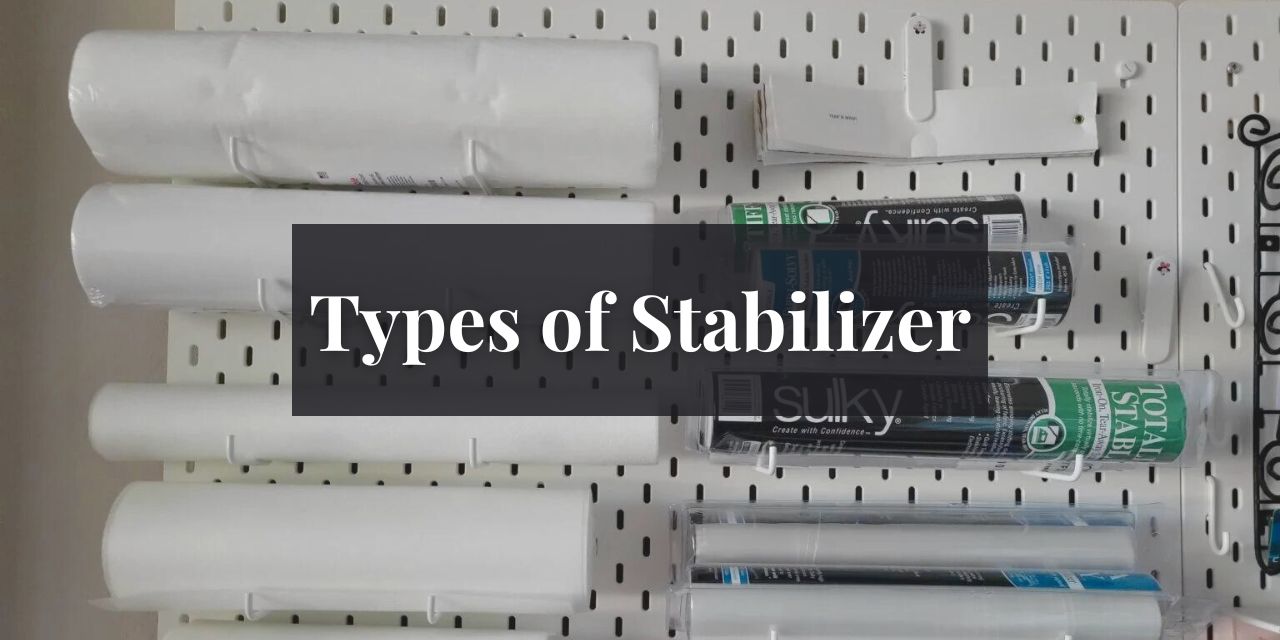
An important thing to remember is that machine embroidery stabilizers are a game changer. They’re basically the unsung heroes of machine embroidery. The come in many types and forms. The basic main types of stabilizers are four: Cut-Away, Tear-Away, Water Soluble, and Heat-Away. Topping comes in the specialty category. The majority of backings come in various weights, heavy or light. Heavier backing give great stability to the embroidery project. Check out my basic guide on How to use machine embroidery stabilizers here.
What Are The Main Types Of Stabilizers?
There are five main type of stabilizers, Let’s go through each of them.
Cutaway Stabilizers:
These are permanent, non-woven stabilizers that remain on the fabric after stitching. They’re great for knit and stretchy fabrics. They provide excellent stability and prevent designs from stretching out over time.
Tearaway Stabilizers:
As the name suggests, once you’re done stitching you can tear them away . They’re perfect for stable fabrics like cotton and offer good support for lighter stitch designs. Tearaway stabilizers are like the convenient helpers of machine embroidery. They’re easy to use and remove, making them perfect for projects where you don’t want any leftover stabilizer showing. They work well with stable fabrics like cotton or linen, giving your designs the necessary support without leaving a trace behind.
Washaway Stabilizers:
They’re ideal for lace or when you don’t want any stabilizer to show. Washaway stabilizers are like the magical vanishing act of machine embroidery. They dissolve in water, leaving behind no residue. This type of stabilizer is fantastic for delicate projects like lace or sheer fabrics. Once your embroidery is complete, simply soak the fabric in water, and the stabilizer disappears, revealing your beautiful design.
Heat-Away Stabilizers:
These vanish when heated. They’re perfect for fabrics that can’t get wet. Heat-away stabilizers are like the disappearing act with a little heat. They vanish when exposed to heat, making them ideal for fabrics that can’t be washed or soaked, like some synthetics or leather. Just apply heat, and the stabilizer magically disappears, leaving your embroidery looking clean and professional.
So, whether you’re embroidering a personalized gift, adding a touch of flair to your clothing, or creating intricate designs on delicate fabrics, machine embroidery stabilizers are your trusty companions. They’ll help you achieve beautiful and long-lasting embroidery projects with ease.
Toppings
Toppings is the most significant specialty product. Toppings create a barrier between the fabric and your stitches, preventing them from disappearing. They come in two varieties: Water Soluble and Heat Away. Although you must secure your topping, you shouldn’t hoop it. We advise cutting a piece that is slightly bigger than the embroidery design, then attaching it to the area where you intend to stitch. To hold the water-soluble topper in place, you can either moisten it, pin it, or—our personal favourite—tape it to the corners. A topping that is soluble in water rips away quickly and vanishes entirely when wet.
How will the project be embroidered with the right kind of stabilizer? Will it be covered or visible?
The intended outcome is whether the stabilizer will show through the fabric or if the back of the embroidery is visible. Let's see what it is like using using embroidery stabilizers with different types of fabric:
Stretchy Fabrics:
The most frequent cause for using a stabilizer is this. If you use stretchy fabrics, stabilizer will keep your embroidery from folding over as you stitch. It is nearly always required when sewing t-shirts. You can also use a temporary stabilizer for these purposes. But if you plan to wash your embroidery a lot, you might want to think about leaving it in place for added support.
Semi-sheer fabrics:
Stabilizer can help if you are going to embroider on a light-colored or semi-sheer fabric and the back of your work will be visible. Even as a thin stabilizer, the additional layer keeps your work from being seen through. A good example is black work, where the white fabric will show through the dark-colored floss. For this, a permanent stabilizer is a wise option.
Lightweight fabrics:
Embroidering on lightweight materials can cause puckering especially when it comes out of the hoop. The fabric becomes more, well, stable when stabilizer is added. There's also a less chance of the stitches ripping the fabric.
Loose-weave or knitted fabrics:
Some fabrics, like linen, may be slightly spaced from one another. Because of this, it may be more difficult to stitch smooth lines in embroidery because there are fewer spaces available for passing the needle and thread through. The stabilizer forms an invisible framework on the back of your work that resembles a tight weave. When you're finished, use permanent stabilizer to prevent the stitches from shifting.
Conclusion:
Machine embroidery needs to be consistently beautiful and vice versa. You now know, after reading this short and easy intro, that choosing the correct stabilizer is crucial to achieving a perfect sew out. It is frequently worthwhile to use stabilizer merely to facilitate your stitching. Having some suitable types of stabilizer on hand for most basic needlework projects can guarantee that you’re prepared for any project that requires a light or heavy backing.
Edible Easter Slime
Mauris congue venenatis nisl ut varius. In posuere sem lorem, eu iaculis ante. Quisque eget turpis
Creative Back To School Ideas
Mauris congue venenatis nisl ut varius. In posuere sem lorem, eu iaculis ante. Quisque eget turpis
Exclusive Content
Be Part of Our Exclusive Community
Sed finibus, sem elementum tincidunt tempor, ipsum nisi ullamcorper magna, vel dignissim eros sapien at sem. Aliquam interdum, ante eget sagittis fermentum, mauris metus luctus sem, at molestie.
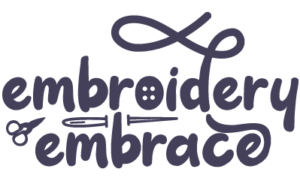
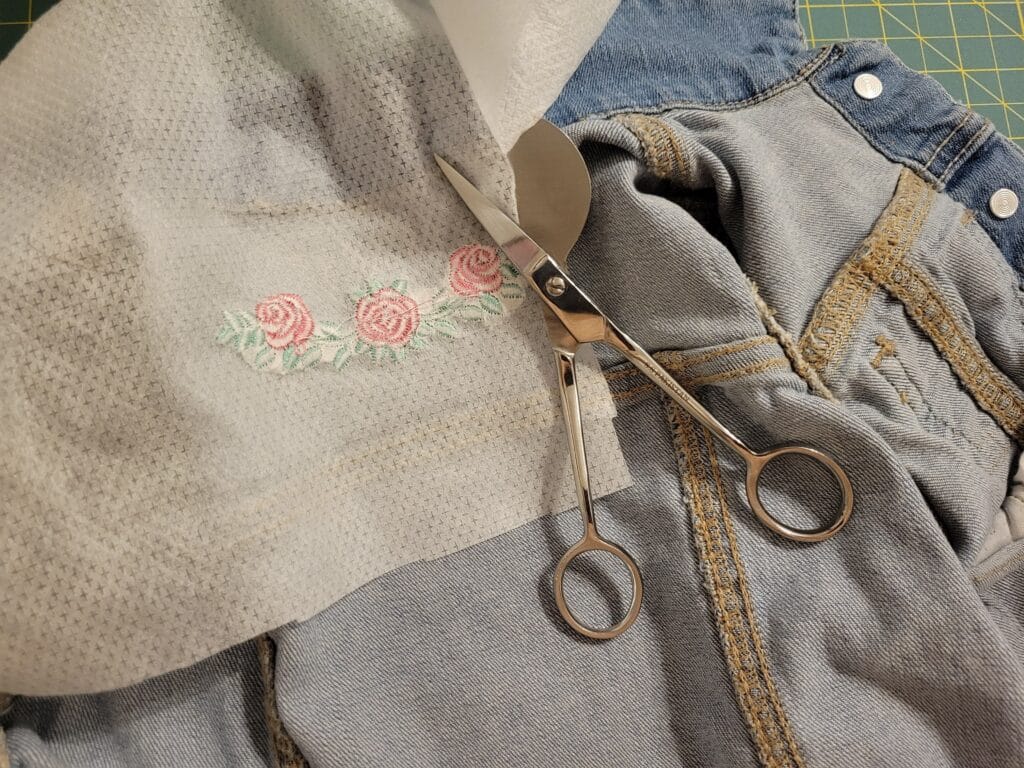
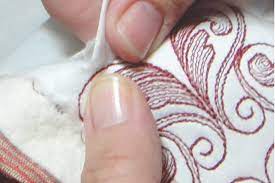
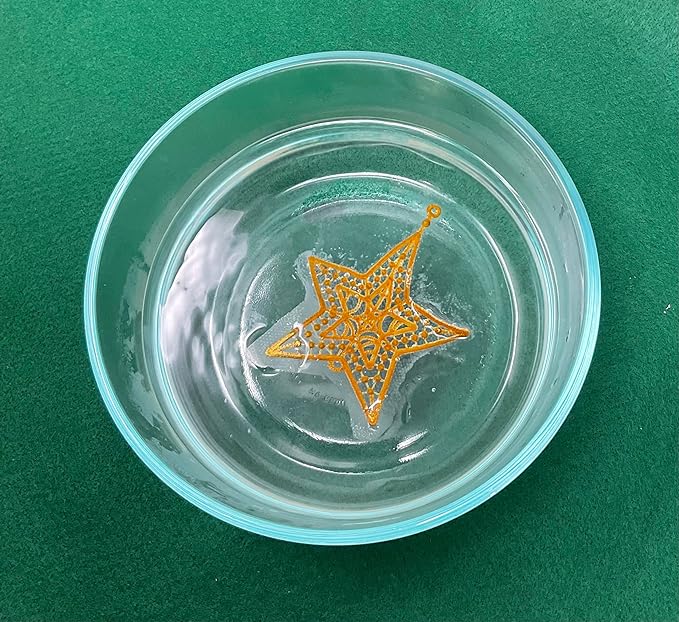
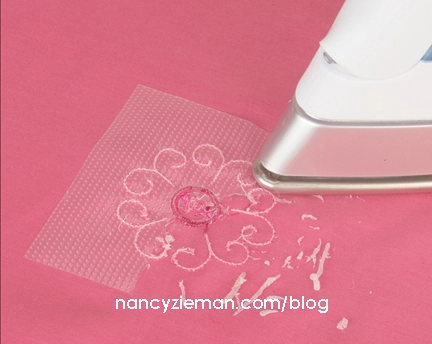
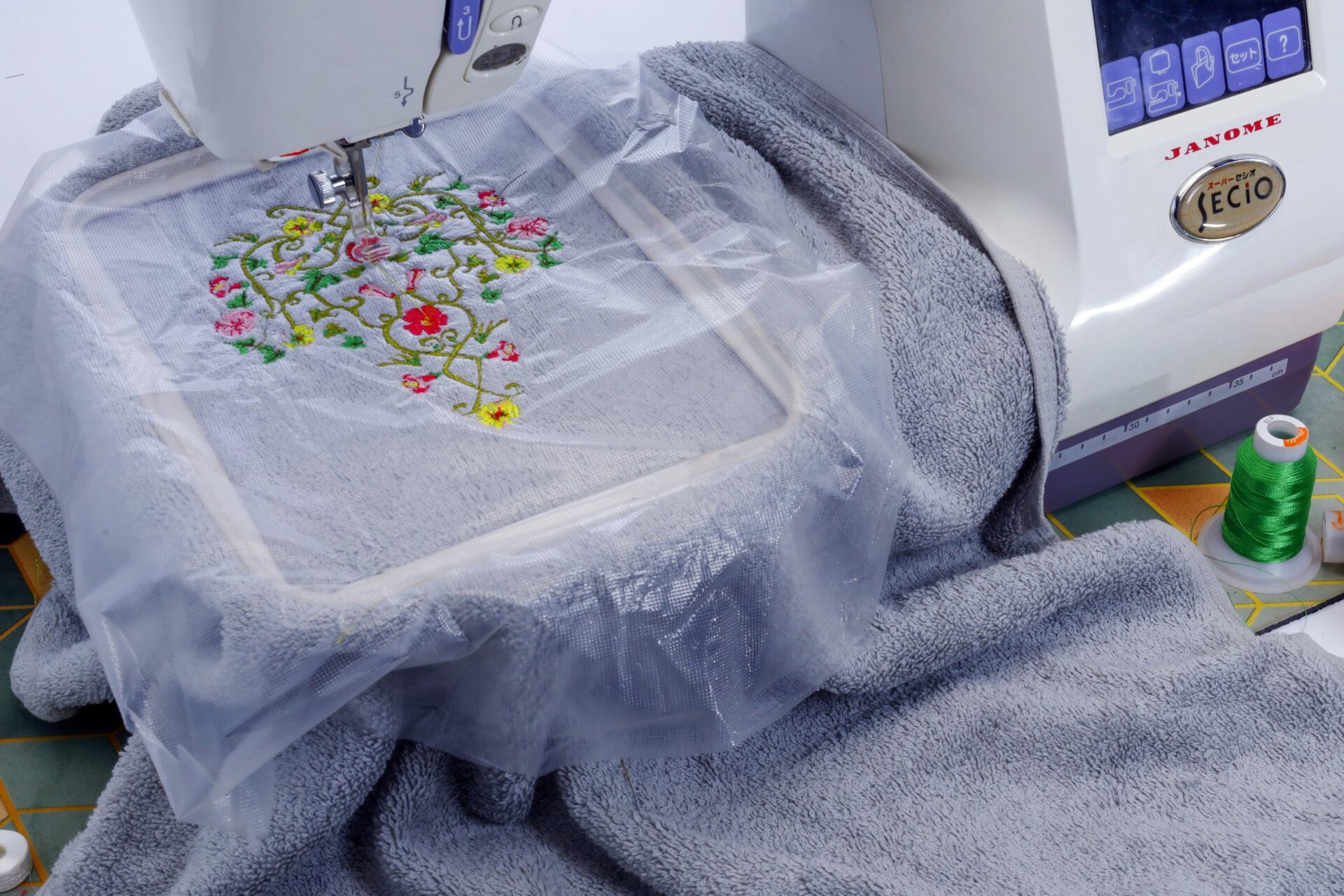
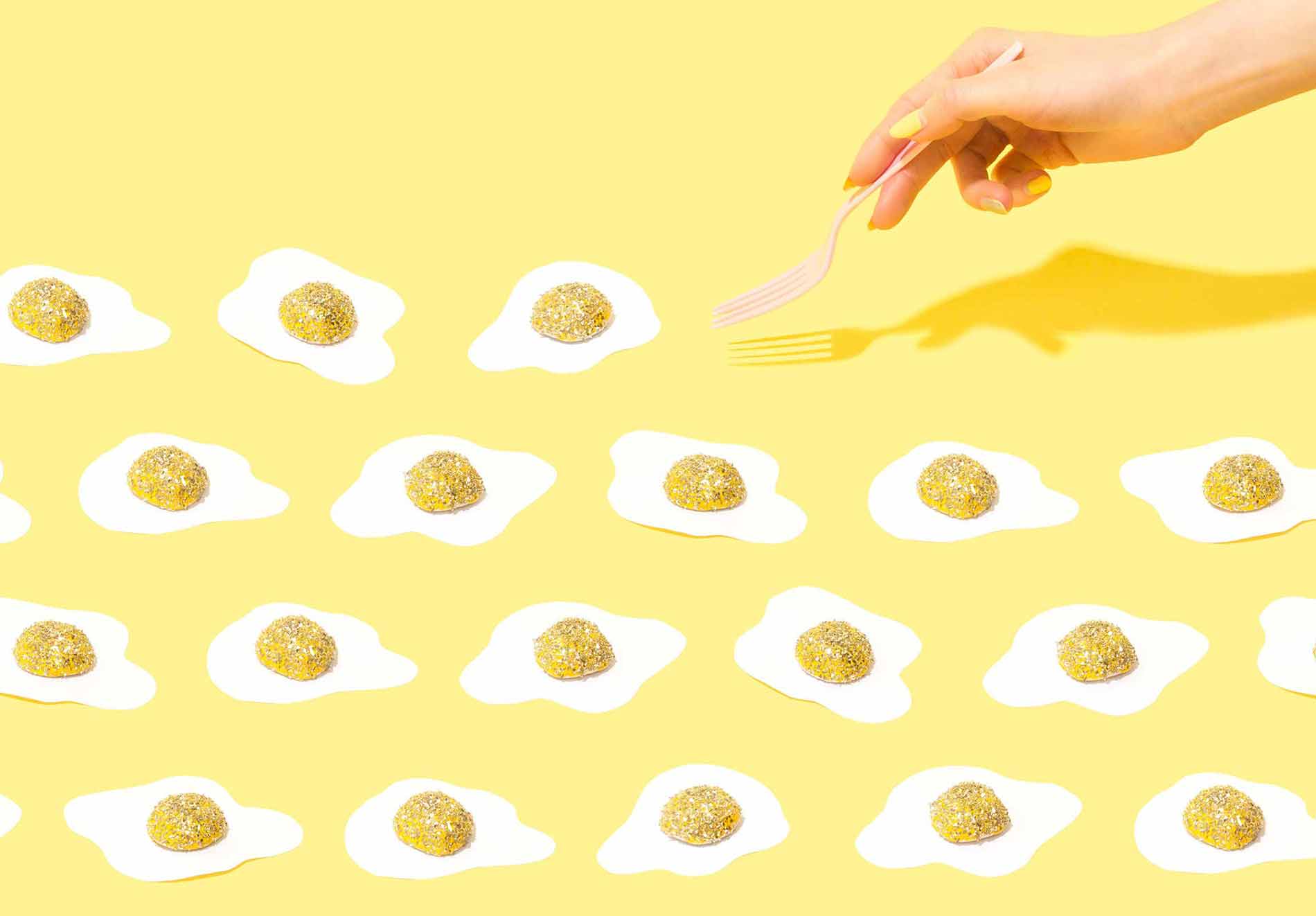
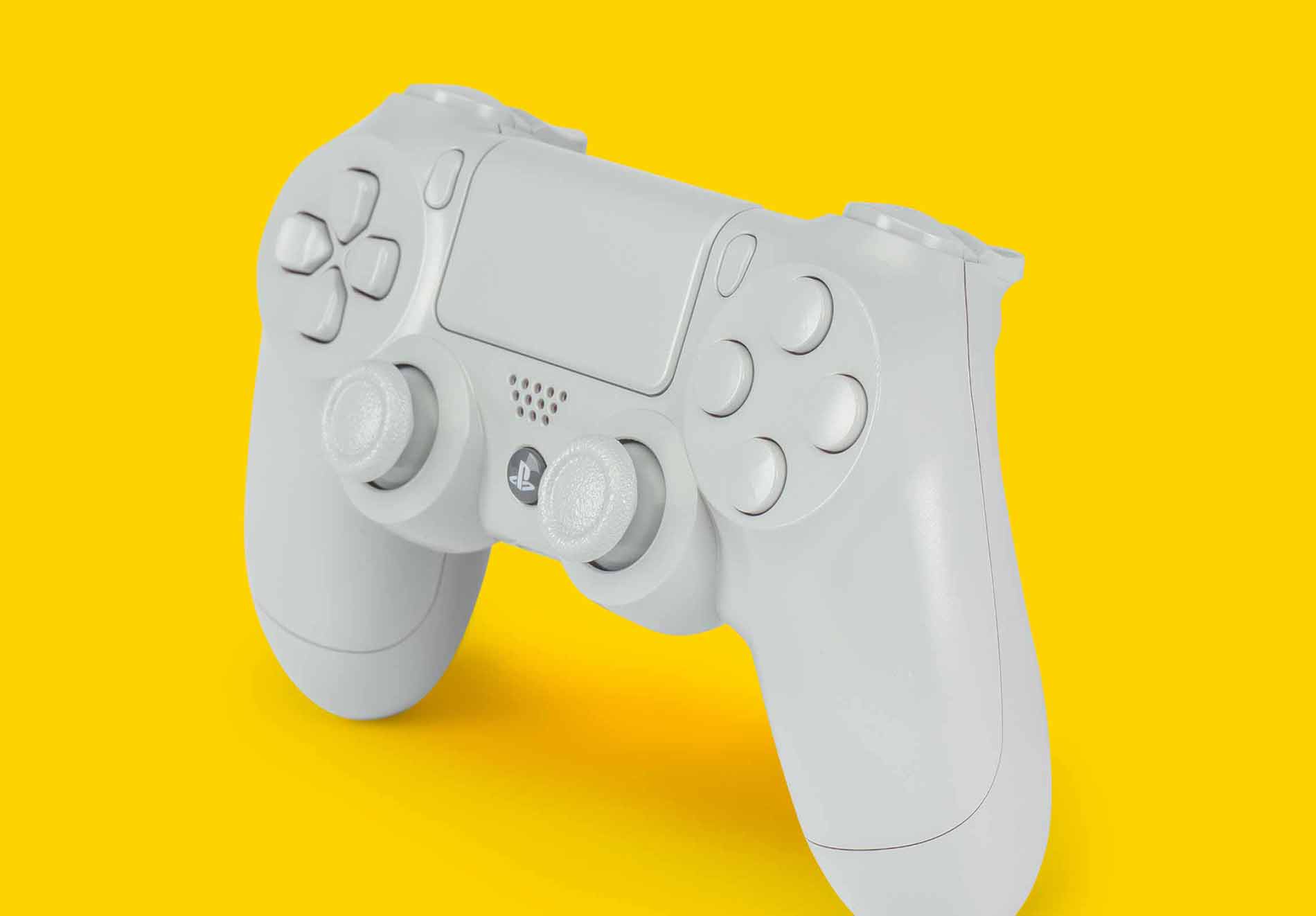

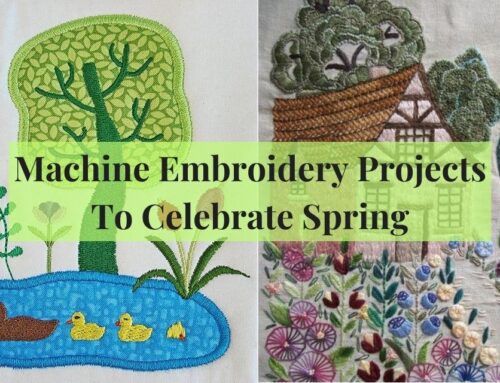
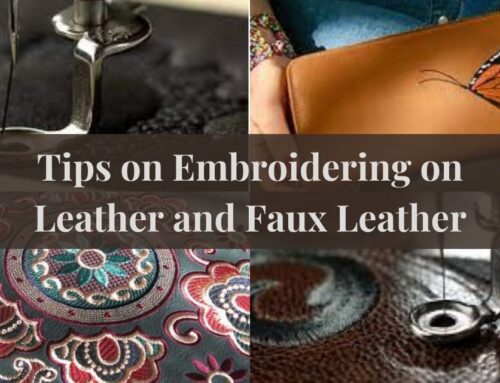

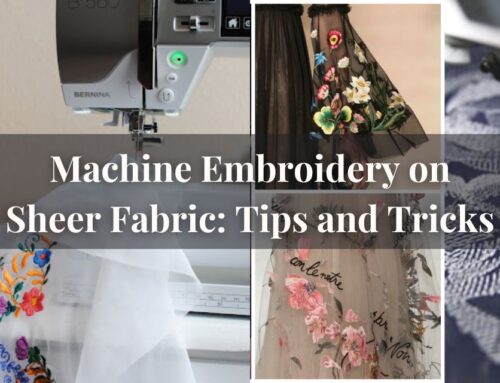
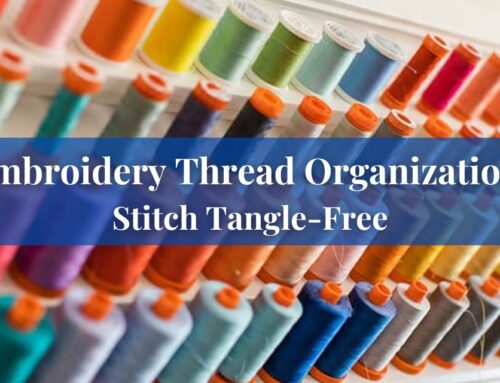
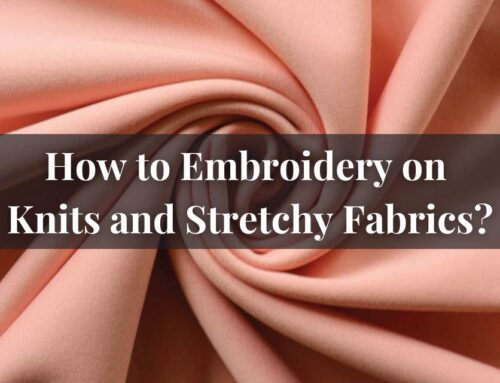
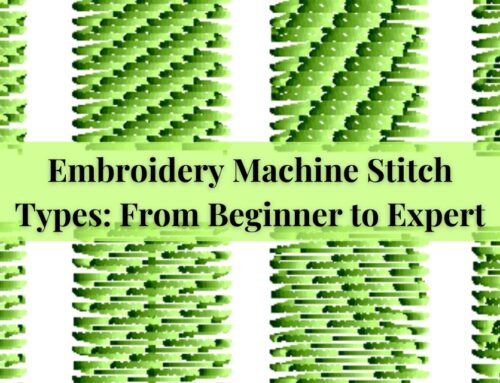
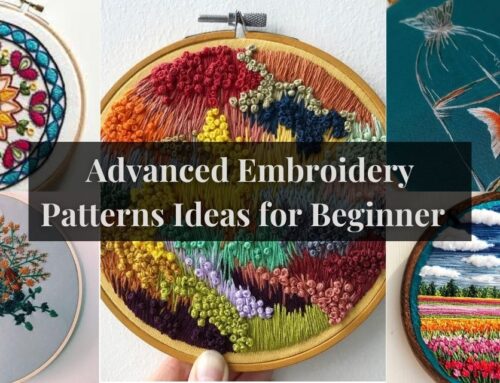
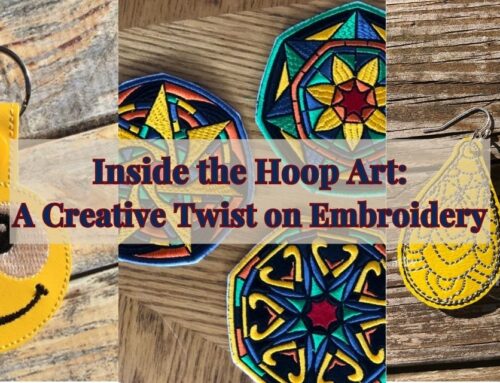
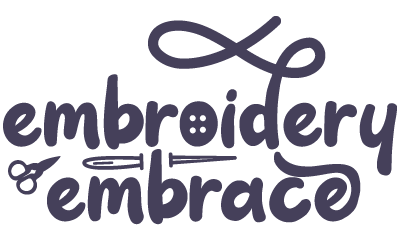
Leave A Comment